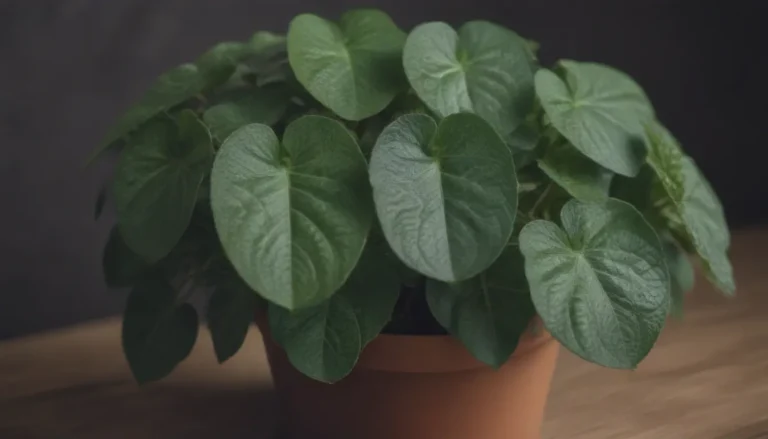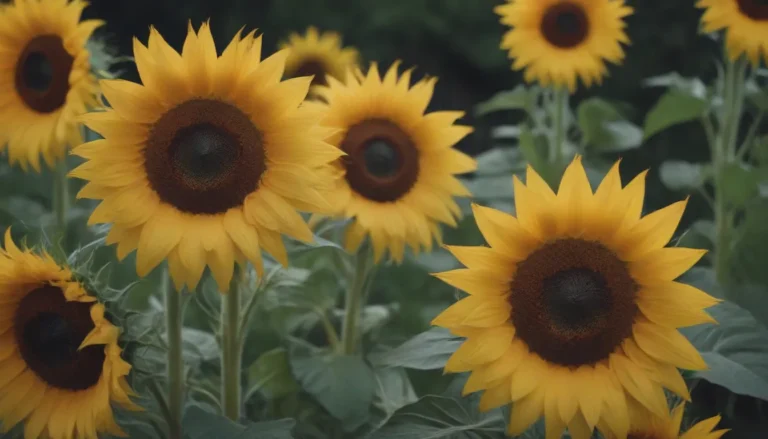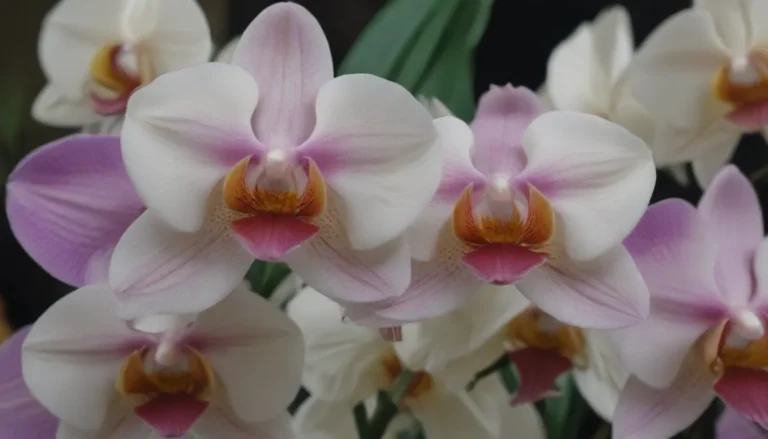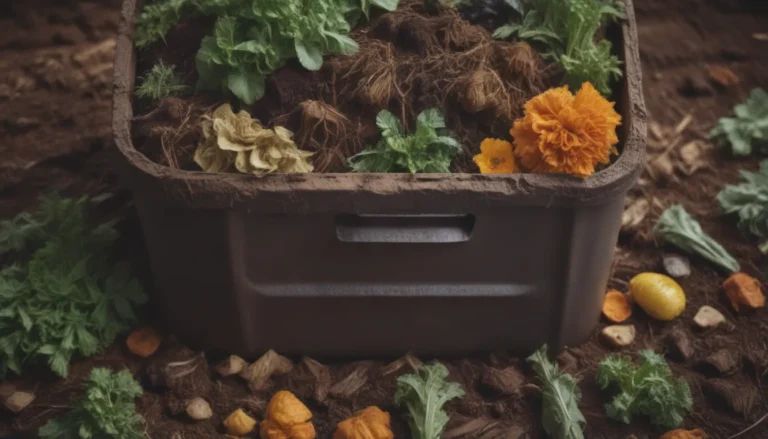A Comprehensive Guide to Growing and Caring for Garden Phlox
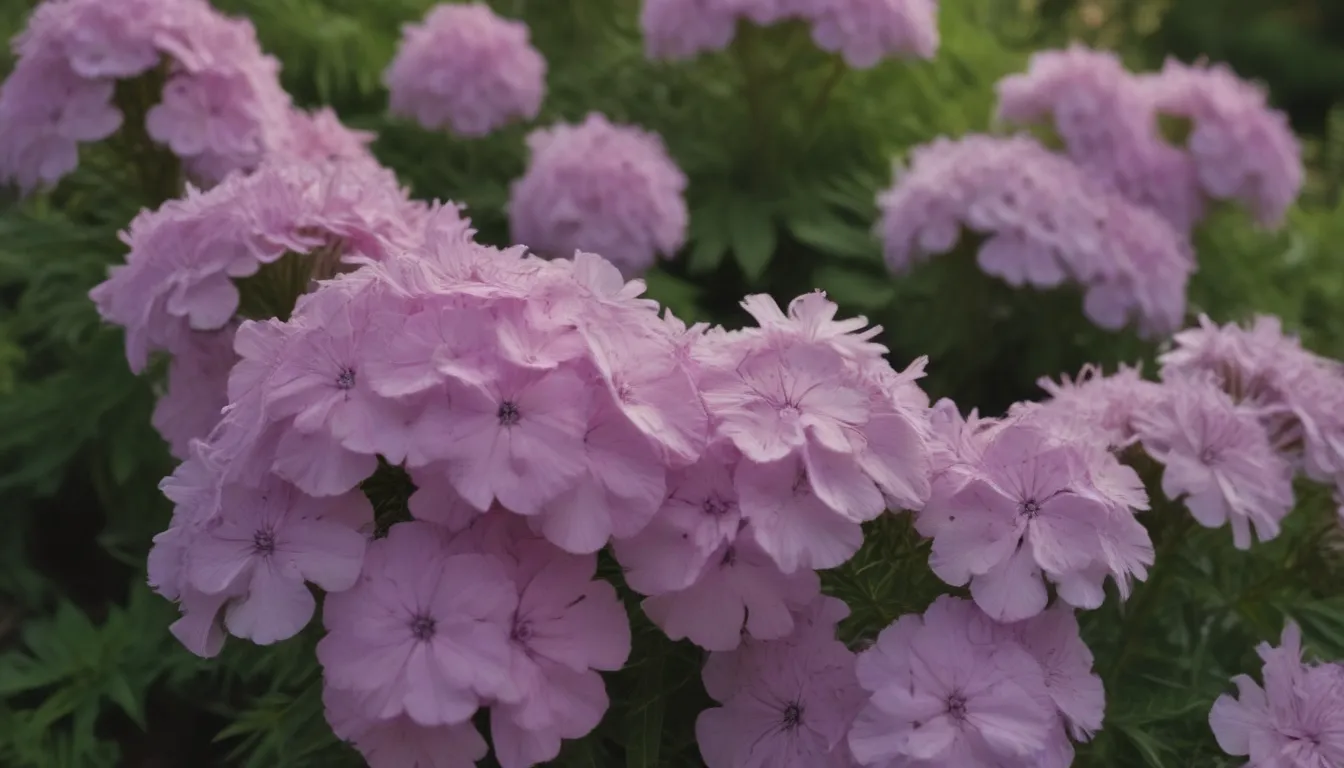
Are you looking to add a burst of color and interest to your summer garden? Well, look no further than tall garden phlox (P. paniculata). This low-maintenance plant is a favorite amongst gardeners for its large, long-lasting blooms that come in a wide range of colors. Not only do these blooms attract hummingbirds and butterflies, but they also make great cut flowers. Today, we’ll delve into everything you need to know about growing and caring for garden phlox, also known as tall phlox.
Understanding Garden Phlox
Garden phlox belongs to the Polemoniaceae family and is loved for its upright clumps of flowers that sit atop 3 to 4-foot stems. The species name “paniculata” refers to the panicles of blooms that adorn this classic cottage garden plant. While the foliage can be attractive, especially on variegated cultivars like ‘Nora Leigh’, it is not immune to issues like powdery mildew.
Garden Phlox Care Tips
When it comes to caring for your garden phlox, just a little goes a long way. Here are some essential tips to ensure your plants thrive year after year:
- Light: Plant your garden phlox in full sun in the North and partial sun in the South for optimal growth.
- Soil: These plants do best in fertile, moist soil with good drainage. Ensure your soil drains well to prevent waterlogging.
- Water: Keep the soil evenly moist, but be careful not to overwater. Avoid overhead watering to minimize the risk of powdery mildew.
- Temperature and Humidity: Garden phlox prefers cooler temperatures and is not a good fit for hot, humid summers. Mulch around the base to keep the root zone cool.
- Fertilizer: Maintain moderate fertility by fertilizing with compost in the spring to ensure healthy growth.
Propagating Garden Phlox
To propagate garden phlox, consider dividing the plants in early spring or direct sowing seeds as soon as the ground can be worked. Divide the plant into smaller clumps and replant them for a fresh start. Seeds should germinate within 5 to 10 days for new growth.
Potting and Repotting
If you choose to grow garden phlox in containers, it’s essential to use a well-draining potting mix to prevent root rot. Make sure to provide adequate support for taller varieties to prevent them from toppling over.
Varieties of Phlox
While garden phlox (Phlox paniculata) is a popular choice, there are other varieties worth exploring:
- Creeping Phlox (Phlox subulata): This variety stays short and creeps, making it ideal for ground cover.
- Different Appearances: Creeping phlox has needle-like leaves that stay green in winter, while garden phlox has larger leaves that die back at the end of the growing season.
Common Pests and Diseases
Garden phlox is susceptible to powdery mildew, especially in hot, humid conditions. Look for mildew-resistant cultivars like ‘David’ to avoid this issue. Keep an eye out for powdery mildew and take preventative measures to ensure your plants stay healthy.
By following these care tips and guidelines, you’ll be on your way to a vibrant and thriving garden filled with beautiful garden phlox. So, roll up your sleeves, grab your gardening tools, and let’s make your garden bloom with color and life!

